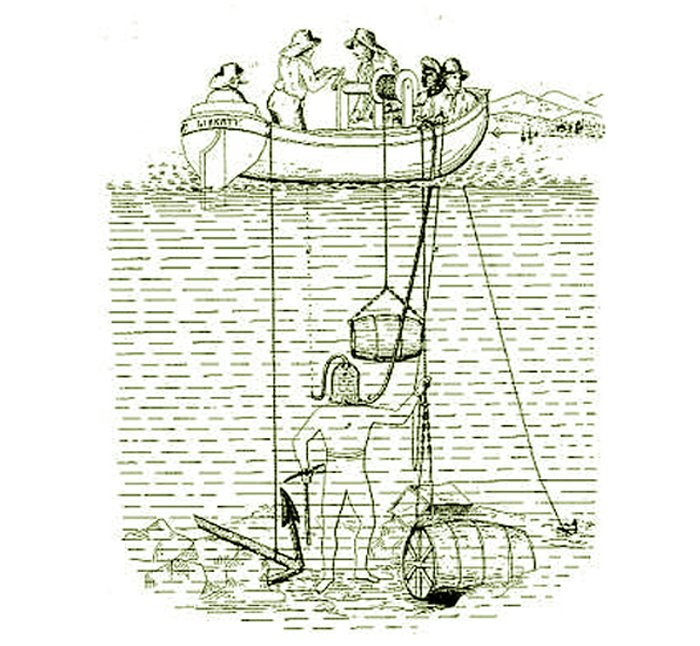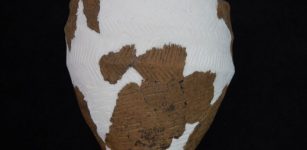On This Day In History: Practical Underwater Diving Suit Patented By Maine Inventor – On June 14, 1834
AncientPages.com - On June 14, 1834, the first U.S. patent for a practical underwater diving suit was issued to Leonard Norcross of Dixfield, Maine. It is the first closed helmet diving apparatus; the helmet was made of lead, and the air pipe from the surface entered the helmet on top.
Image Credit: Leonard Norcross
A watertight joint attached the helmet and suit, and as soon as the diver closed the valve, the whole diving suit was filled with air.
Norcross could have been the inventor of the first closed diving dress. He was born on June 18, 1798, in Readfield, Maine, United States. His father died when he was only three years old; he lived with his mother and later with his aunt in Greene, where he attended school to be a millwright and a mechanic.
While working as a young man, he continued independent reading and study, eventually returning to school and teaching for several years.
He later moved to Dixfield, where he invented several useful machines and obtained patents on some. One was filed in the name of Hiram A. Pitts of Winthrop.
Image Credit: Popular Science Monthly Volume 82
Norcross called his invention a "Diving Armor." He designed an airtight leather outfit with a brass helmet connected via a rubber hose to an air bellows pump on a boat. In May 1834, one month earlier, he tested the practical diving suit in the Webb River.
Throughout the centuries that preceded Norcross and his invention, many people dreamed of being able to breathe underwater. There are sketches by Leonardo Da Vinci in the 16th century of a leather diving suit, complete with a bamboo breathing system. Da Vinci designed it for soldiers attacking an enemy ship from underwater.
The key to Norcross's invention was the recent innovation of elastic rubber. The rubber allowed Norcross to design a suit that would be filled with air by hoses, which would keep the diver dry.
The suit was tested in 1834 in the Webb River in Maine. Luckily for the test diver, it proved to be nonfatal. The test diver was able to walk around underwater without any problems. Norcross was granted a patent on June 14, 1834.
However, his invention was only an improvement on the earlier design of the first genuinely effective diving suit with a pump, attributed to an Englishman, Augustus Siebe, who designed it in 1829 and was entrusted with equipping the French Navy until 1857.
With Norcross's improvement, on the other hand, divers could now bend over and even lie down underwater without cutting off their air supply.
Not wanting to be outdone by an American inventor, Siebe modified his open diving suit in 1837. He made it watertight by using Norcross's exhaust suit and changing it so that it could be controlled by the diver expelling air only as necessary.
AncientPages.com






















